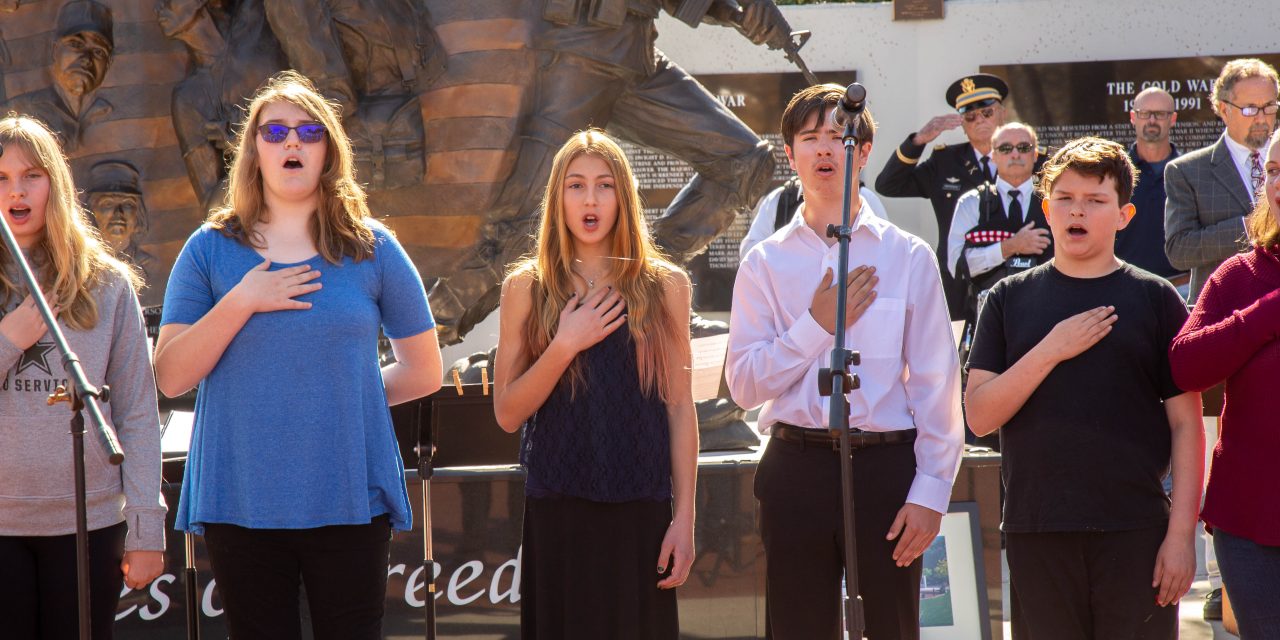Growing up in the ‘80s, Mike Jones would surf a couple of times a week at a popular spot in Morro Bay.
Located north of Morro Rock, it was still officially named Atascadero Beach then but surfers usually called it “A-Beach.”
“Only the older guys call it A-Beach now,” said Jones, an Atascadero resident who owns Azhiaziam Surf Shop in Morro Bay.
When those older surfers say, “We’re gonna hit A-Beach,” they’re channeling Atascadero founder E.G. Lewis’ savvy, albeit slightly deceptive, idea to market his city as a beach community. But outside of the surfing community and long-time locals, most people know the stretch of land from San Jacinto to Yerba Buena as Morro Strand State Beach, the Atascadero connection lost to time.
“Some younger, newer crowds call it ‘the Strand’ now,” Jones said.
Atascadero’s proximity to the beach — just 13 miles as the crow flies and 18 miles along the curvy Highway 41 — is part of its draw. But when Lewis founded his colony in 1913, it was more difficult to get there.
As Lewis began to pitch his vision for a Utopian society, he realized that summers in Atascadero could get pretty toasty, so he promoted the construction of a highway that would provide quicker access to the beach. Construction on Highway 41 began in 1914, paving the way for his next marketing strategy: Sell Atascadero as a beach community.
Lewis had already founded one city, University City, Missouri (which was definitely not close to the beach) and he was a successful magazine publisher, which gave him ideas to promote Atascadero.
“He was a brilliant marketer,” said Len Johnson of the Atascadero Historical Society. “He was so far ahead of his peers in a number of ways.”
In 1916, Lewis purchased plots of land on Morro Bay’s beachfront, named a stretch of it Atascadero Beach and presented an offer you couldn’t refuse: Buy ten acres of land in Atascadero, get a free plot at Atascadero Beach.
Not a bad deal by today’s standards. While Morro Rock was still being blasted for a quarry, Lewis recognized its appeal long before it became a protected landmark. His brochures pitching Atascadero prominently featured Morro Rock, with no mention of the 18 miles between Morro Bay and Atascadero.
“He featured the beach in almost all of his marketing materials,” Johnson said.

In his defense, traveling to the beach was easier thanks to modernized highways and an abundance of Model T Fords. But passing Atascadero off as a beach community was arguably a stretch.
Had surfing caught on in the mainland at that time — George Freeth first brought it to California in 1909 — who knows what might have happened. But in the World War I era, you apparently couldn’t give away beachfront property. While hard to fathom today, beach life just wasn’t as desirable then.
“It wasn’t until the ‘40s that the beaches became important,” Johnson said.
So before selling beachfront lots, Lewis knew he had to work to make Atascadero Beach more enticing, which he did with the Cloisters Hotel. Located roughly at the end of what is now San Jacinto, the hotel was a happening place with food, music and dance.
“The Cloisters was a beautiful hotel,” Johnson said.
Even then, Atascadero Beach was a tough sell. And when Lewis encountered legal and money problems, his Atascadero Beach plans crashed like a winter wave.
The Cloisters Hotel stayed in business through the 1930s, though, and was “invaded” by the Navy training for World War II, before the state bought the hotel and Atascadero Beach in 1948. While Lewis had a personal cottage at the Cloisters, after he died in 1950, he was laid to rest with a modest tombstone at the Pine Mountain Cemetery in Atascadero.
A fatal great white shark attack at Atascadero Beach lent it an eerie reputation in 1957, but the popularity of the movie “Gidget” two years later led to a surf explosion throughout California that no apex predator could contain.
The state combined Atascadero Beach and Morro Beach to the north in 1988 and renamed the entire stretch Morro Strand State Park.
“I have never called it that,” Jones said.
It still takes most A-Town surfers about 25 minutes to get to Morro Bay. But it’s a visually pleasing drive with canyons, mountainous terrain, old trucks and even a few surfboard-eating dinosaurs along the way. The land Lewis tried to sell decades ago was finally populated with houses, beginning in the 1990s, and a park built nearby was named after the Cloisters Hotel.
You won’t find a sign for Atascadero Beach or Lewis anywhere. But next time you hear a surfer talk about A-Beach, remember that it’s short for Atascadero Beach — and a forgotten dream.

It's A-Beach: As Tides Carry Away History, Long-time Surfers Remember Atascadero’s Beachy Past














